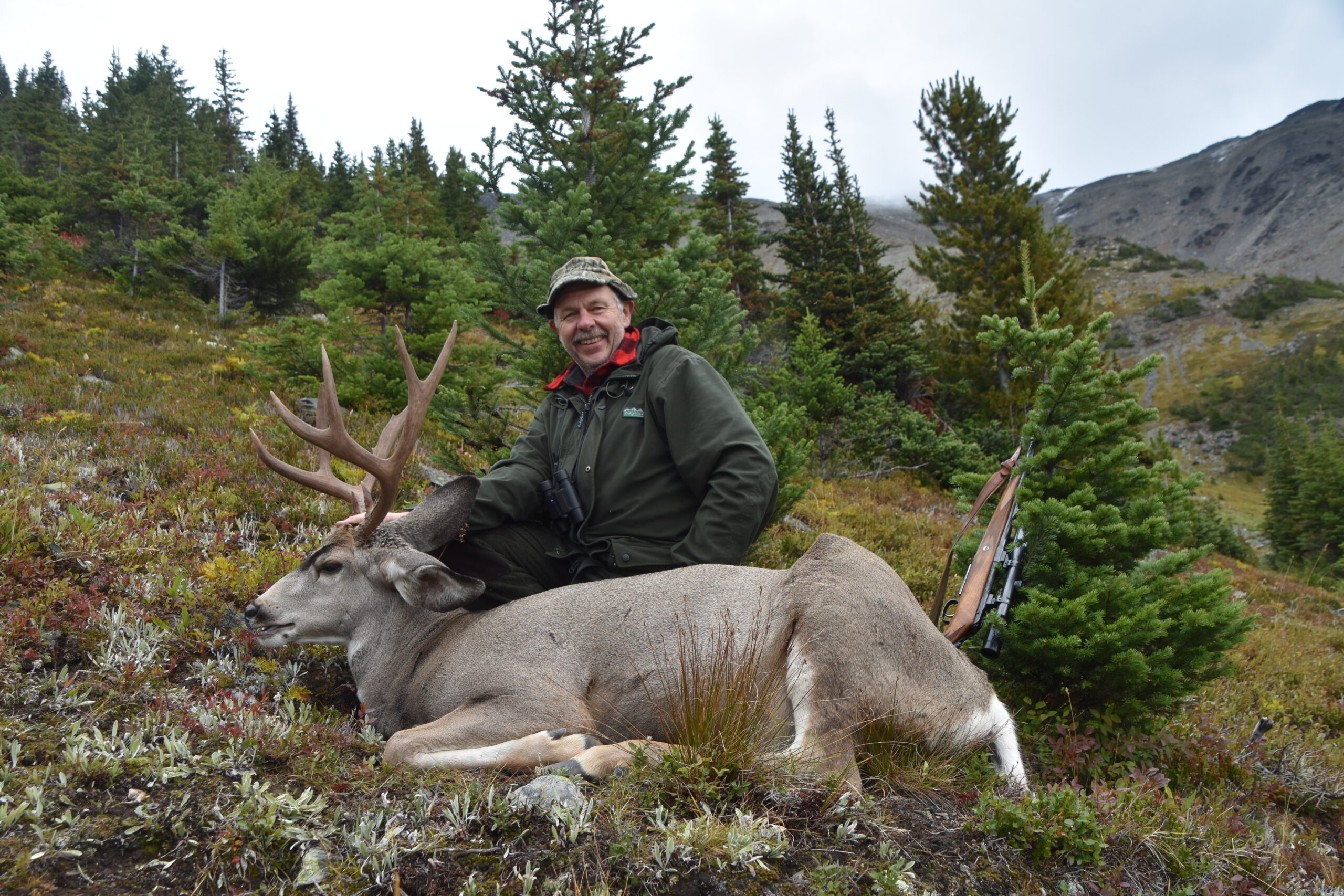Spring is a crucial time for deer hunters who want to get ahead of the game before the next hunting season. The weeks before full green-up offer a unique opportunity to study deer movement patterns, locate well-used trails, and set the foundation for a successful fall hunt. With visibility at its best and last season’s sign still fresh, this is the perfect time to scout.
Why Spring Scouting Matters
Spring scouting is an invaluable tool for hunters. Unlike summer or fall, when thick vegetation can obscure trails and bedding areas, early spring allows you to see the land almost as it was during the previous hunting season. Key benefits include:
- Clear Visibility – Without dense foliage, deer trails, rubs, scrapes, and bedding areas are easier to spot.
- Reading Last Season’s Patterns – Late-winter trails and sign often indicate travel routes that remain relevant throughout the year.
- Avoiding Summer Disturbance – Scouting now minimizes human intrusion later in the year when bucks establish their summer patterns.
- Locating Shed Antlers – While scouting, you might also stumble upon sheds, which can provide valuable insight into where bucks spent their winter.
Where to Look: Key Areas to Focus On
1. Travel Corridors & Funnel Points
Deer use the same travel routes year after year. Spring is the ideal time to identify these high-traffic areas. Focus on:
- Natural Funnels – Areas where terrain forces deer to move through narrow passages, such as ridge saddles, creek crossings, and breaks in thick cover.
- Field Edges – Deer transition from bedding areas to feeding grounds along field edges.
- Fence Crossings – Look for spots where deer regularly jump fences or squeeze through gaps, as these indicate prime travel routes.
2. Bedding Areas
A mature buck’s bedding area is one of the most valuable pieces of intel a hunter can gather. In early spring, bedding locations are easier to find due to flattened grass, bare ground, and deer hair left behind. Key bedding areas include:
- South-Facing Hillsides – Deer prefer these spots in colder months due to better sun exposure.
- Thick Cover – Cedars, briar patches, and dense brush provide security and wind protection.
- High Ground & Leeward Slopes – Bucks often bed just below ridgelines where they can monitor both uphill and downhill threats.
3. Feeding Areas
Even though spring food sources differ from fall, identifying where deer fed in late winter can give you clues about movement patterns. Check:
- Acorn Flats – Leftover acorns from the previous fall can still attract deer.
- Cut Corn or Bean Fields – If agricultural fields are nearby, deer likely spent winter scavenging here.
- Green Shoots & Clover Patches – As the first greens of spring emerge, deer shift toward fresh browse.
4. Water Sources
Deer require consistent access to water. Locate:
- Creek Crossings – Trails leading in and out of water sources are excellent scouting targets.
- Secluded Ponds or Swamps – Remote water sources near bedding areas often see high deer traffic.
5. Old Rub Lines & Scrapes
Buck sign from the previous rut can still be useful for predicting movement patterns.
- Rubs – A consistent line of rubs indicates a travel route bucks used frequently.
- Scrapes – While spring scrapes won’t be active, their locations can hint at high-use areas for the next rut.
How to Scout Effectively
1. Use a Mapping App
Digital mapping tools like onX Hunt, HuntStand, or Google Earth allow you to mark locations, measure distances, and analyze terrain features. While scouting, mark:
- Trail intersections
- Bedding and feeding areas
- Water sources
- Potential tree stand locations
2. Pay Attention to Wind and Access
- Wind Direction – Bucks choose bedding areas with the wind in their favor. Analyzing predominant spring wind patterns can help you determine where deer are likely to move.
- Entry & Exit Routes – Consider how you will access your hunting spot without spooking deer.
3. Look for Fresh & Old Sign
A mix of fresh deer tracks, scat, and worn trails alongside last season’s rubs and scrapes indicates a well-used area. The more layers of sign you find, the higher the chances of consistent deer activity.
4. Check Trail Cameras
If you left cameras out over the winter, now is the time to retrieve and review the footage. If you’re setting up new cameras for spring, place them:
- Near mineral sites (legal in some states)
- Along well-worn trails
- At water sources
5. Be Stealthy, but Efficient
Even though deer are less pressured in spring, avoid excessive disturbance. Move slowly, wear scent-reducing clothing, and minimize unnecessary noise. If you bump a deer, make note of where it was bedded—it’s likely to return to that area.
What to Do with Your Scouting Data
After gathering all your observations, it’s time to develop a plan for fall:
- Mark Stand Locations – Identify optimal treestand or ground blind setups.
- Plan Entry & Exit Strategies – Choose routes that keep you undetected.
- Monitor Changing Patterns – As green-up progresses, deer movement may shift slightly, but core areas will remain the same.
Final Thoughts
Spring scouting is one of the best investments you can make for a successful deer season. By taking advantage of bare woods, fresh deer sign, and minimal hunting pressure, you can uncover the best trails and travel routes before vegetation thickens. With careful planning and good scouting habits, you’ll be well-prepared when hunting season arrives.
So, grab your boots, your GPS, and your binoculars—it’s time to hit the woods and start scouting!


